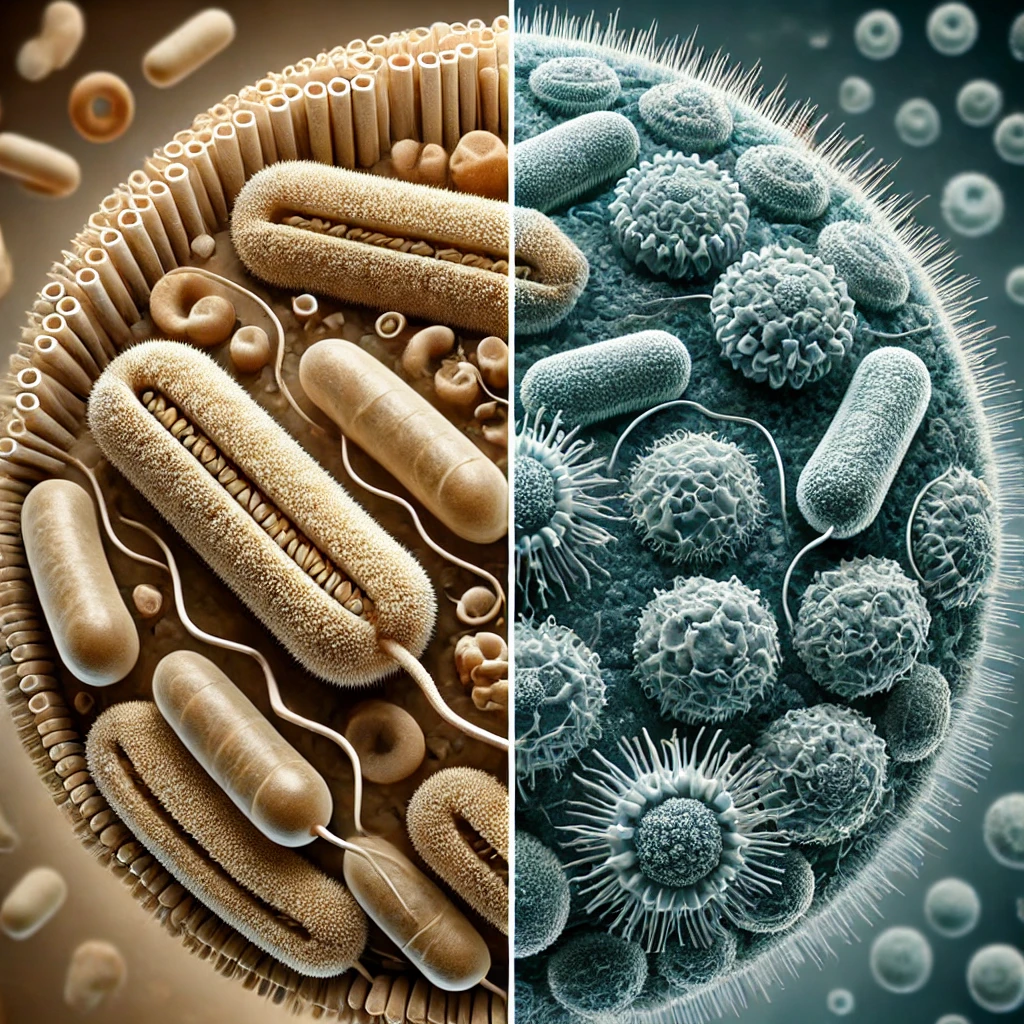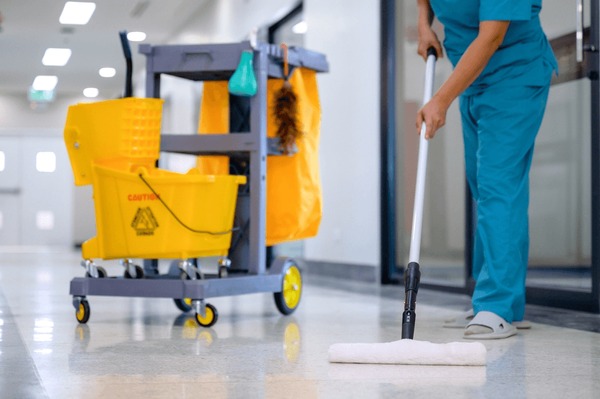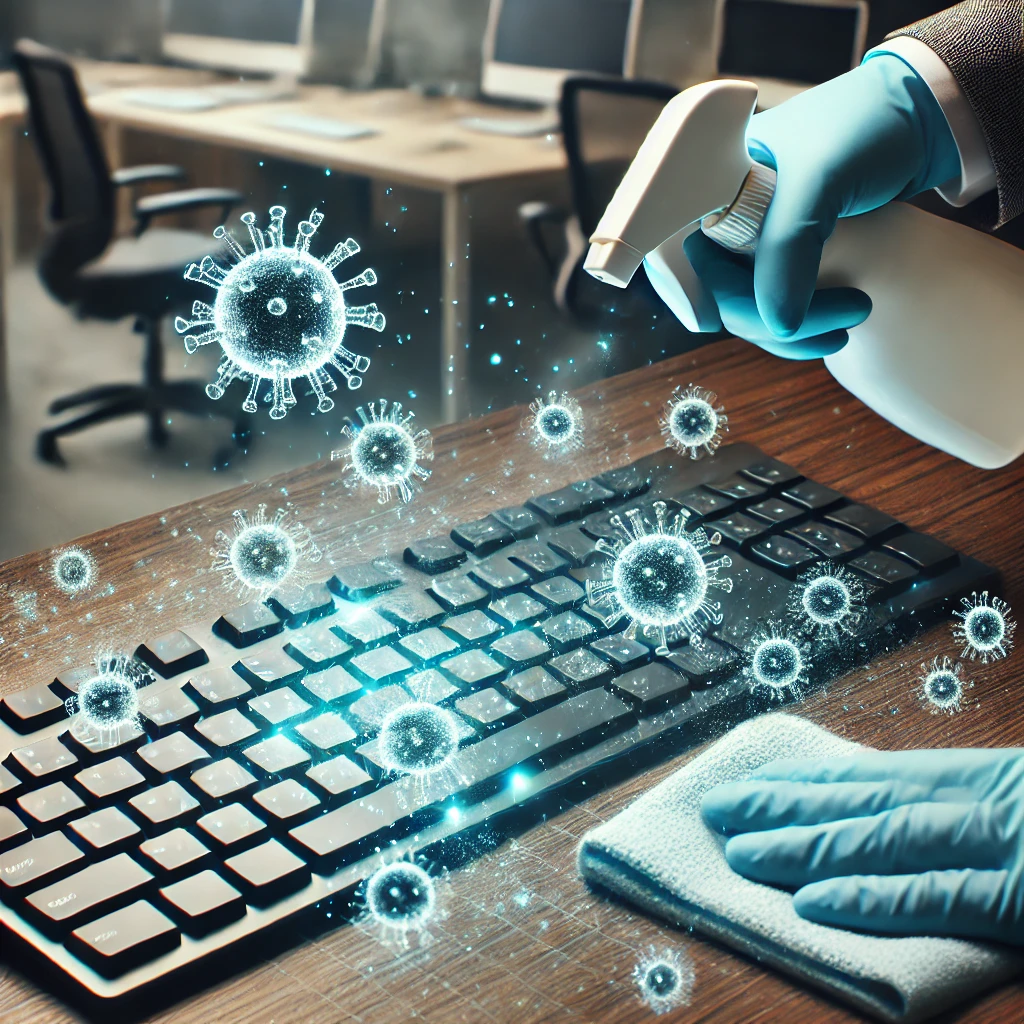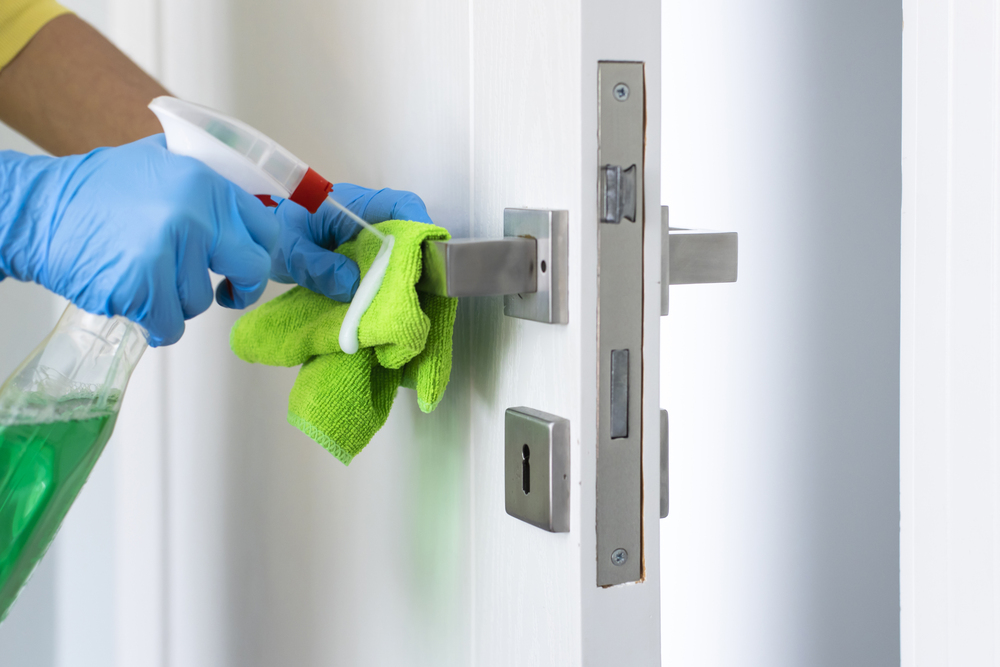The Difference Between Bacterial and Viral Infections: How to Avoid Them
Understanding the difference between bacterial and viral infections is crucial for safeguarding your health and preventing illness, particularly in shared spaces like workplaces. Although both types of infections may cause similar symptoms, they differ significantly in how they spread, how they’re treated, and how they can be prevented. Let’s explore these distinctions and the proactive steps you can take—including the benefits of professional cleaning services—to maintain a healthier environment.
What Are Bacterial Infections?
Bacteria are single-celled microorganisms that thrive in diverse environments, from soil and water to the human body. Many types of bacteria are harmless or even beneficial, aiding processes such as digestion or protecting the skin from harmful invaders. However, certain bacteria can cause illnesses when they enter the body or grow uncontrollably in an area where they don’t belong.
Examples of bacterial infections include strep throat, urinary tract infections, and bacterial pneumonia. These infections are typically treated with antibiotics, which kill or inhibit the growth of bacteria. However, the overuse and misuse of antibiotics have led to the emergence of antibiotic-resistant strains, making prevention more important than ever. Preventing bacterial infections often involves practicing good hygiene, maintaining clean environments, and ensuring that commonly touched surfaces are properly disinfected. Consider learning more about the difference between bacterial and viral infections for effective prevention.
Key Differences Between Bacterial and Viral Infections
Bacteria are living organisms that can survive independently, whereas viruses are non-living and rely on a host to reproduce. Bacterial infections are often treatable with antibiotics, while viral infections require antivirals or vaccines for management. Bacteria are also larger and more complex in structure compared to the simplicity of viruses. These differences underline the importance of understanding the root cause of an infection to ensure proper treatment and prevention.
How Cleaning Services Help Prevent Infections
Understanding the difference between bacterial and viral infections is crucial for safeguarding your health and preventing illness, particularly in shared spaces like workplaces. Although both types of infections may cause similar symptoms, they differ significantly in how they spread, how they’re treated, and how they can be prevented. Let’s explore these distinctions and the proactive steps you can take—including the benefits of commercial cleaning services—to maintain a healthier environment.
What Are Bacterial Infections?
Workplaces are ideal environments for the rapid spread of bacteria and viruses. High-touch surfaces, such as keyboards, phones, desks, and doorknobs, harbor germs that can lead to illnesses. Professional cleaning services, like those provided by Metro Area Cleaners, are essential for maintaining a healthier workplace and reducing the risk of infections.
Thorough cleaning and disinfection play a significant role in breaking the chain of transmission for both bacteria and viruses. High-touch surfaces are sanitized regularly to minimize the presence of harmful microorganisms. Shared spaces, such as break rooms and restrooms, are kept clean to limit bacterial growth and reduce the spread of airborne germs. Additionally, professional cleaning services improve indoor air quality by reducing dust and particles that may carry bacteria or viruses.
When employees work in a cleaner environment, they are less likely to fall ill, leading to reduced absenteeism and improved workplace productivity. Eco-friendly cleaning practices, like those used by Metro Area Cleaners, also ensure that spaces remain safe from harsh chemical residues, promoting a healthier and more sustainable environment for everyone.
How to Avoid Infections
Personal hygiene is the first line of defense against infections. Washing hands thoroughly with soap and water, avoiding touching your face, and staying home when feeling unwell are crucial steps. In communal settings, such as workplaces, the implementation of professional cleaning services ensures that surfaces and shared spaces remain free of harmful germs. Regular cleaning and disinfection reduce the risk of transmission, while encouraging vaccination programs further strengthens community health defenses. Explore tips on cleaning and disinfection to keep your workplace safer.

new cleaning offers
- Mop all surface floors $50
- Clean disnfct breakroom $50
- Clean disnfct bathrooms $60
- Empty trsh and replace $75
- Vacuum upholstery, vents $45
- Vacuum disnfct floors $55
Final Thoughts
The difference between bacterial and viral infections lies in their structure, behavior, and the treatments they require. While personal hygiene and vaccines are critical in protecting your health, professional cleaning services are an invaluable ally in maintaining cleanliness and reducing the spread of infections









